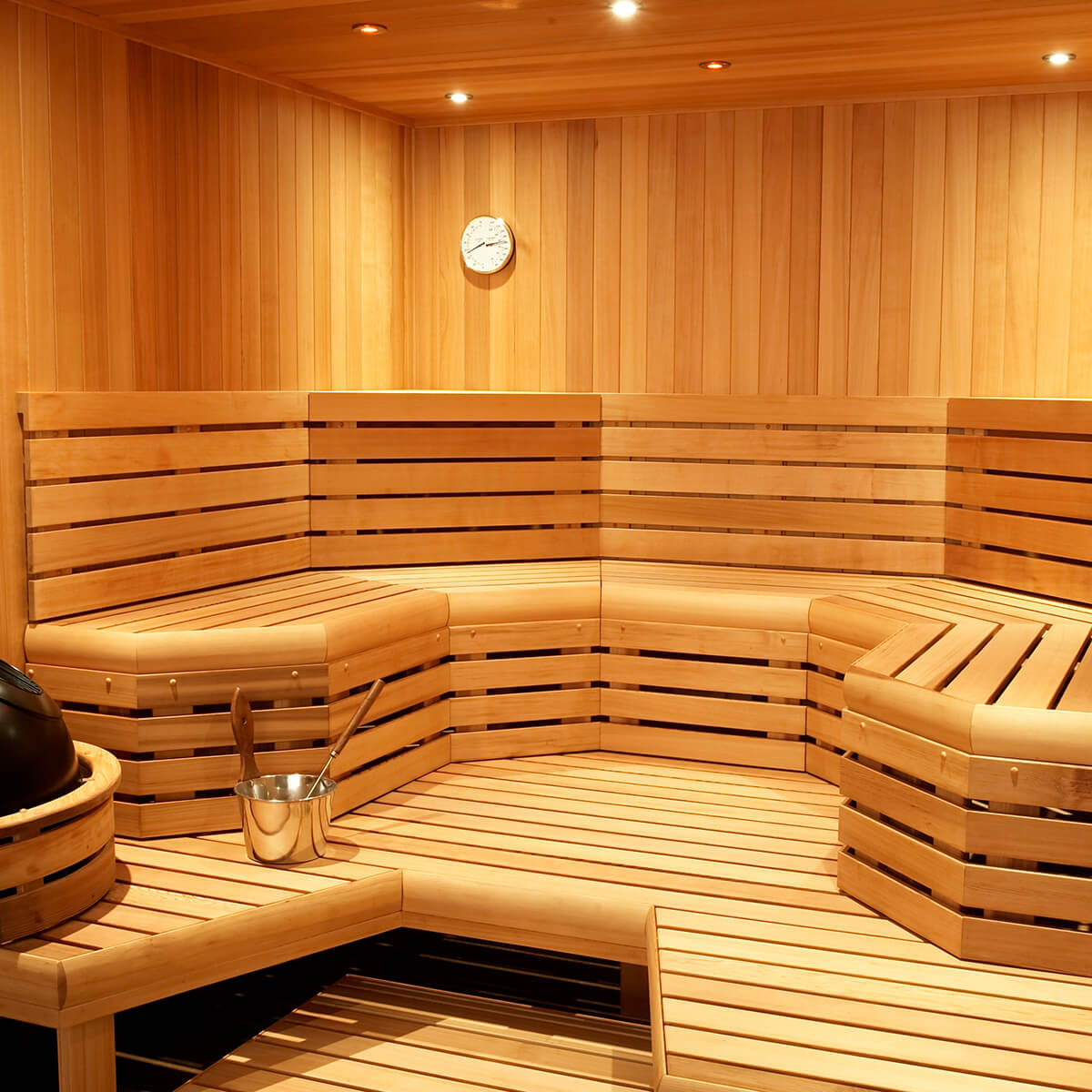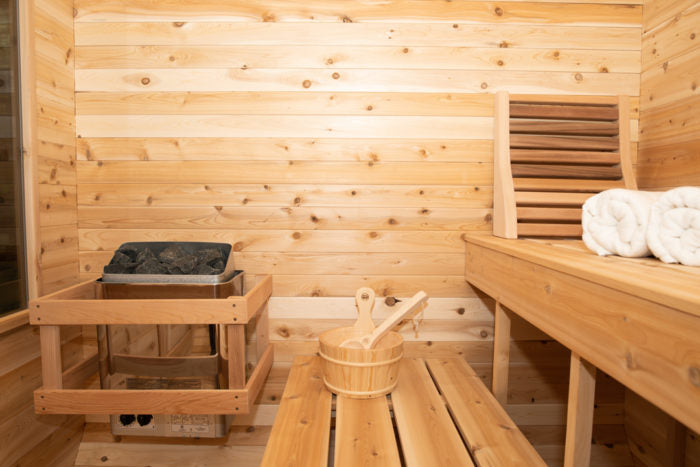Traditional Sauna Fundamentals Explained
Not known Factual Statements About Traditional Sauna
Table of Contents5 Simple Techniques For Traditional SaunaGetting The Traditional Sauna To WorkThe Best Guide To Traditional SaunaOur Traditional Sauna DiariesThe 3-Minute Rule for Traditional Sauna
The majority of the weight shed in a sauna is water loss and is re-gained upon rehydrating. Nonetheless, without an uncertainty sauna can be a fundamental part of a healthy weight-loss program. To look at the distinctions between typical and IR saunas, I will separate these into proven, academic, and fabricated distinctions.Thus, the best point in the saunawhich goes to the ceiling directly above the sauna heateris generally in between 185 and 190 F. Claims that a conventional sauna exceeds 200 F is just not real and not suitable for electrical saunas offered in the United States. The temperature for a far-infrared sauna is generally set in between 120 and 140 F; nonetheless, unlike the conventional sauna, the objective in and IR room is not to accomplish a heat.
Since of this, the temperature level difference is nearly irrelevant, considering that extreme sweating results in both sauna types, but the approach of heating up the body is different. In an IR sauna the bather will certainly really feel hot and will certainly sweat a lot, but at a lot lower temperature levels (Traditional Sauna). Thus, if the goal is to invest longer durations of time in the sauna, the IR sauna is a good selection
When a conventional sauna has actually been properly heated, the sauna walls are warm, the air temperature level has actually attained set temperature and the rocks are very warmed. As an intriguing side note, the warmed wall surfaces and the rocks are discharging far-infrared warmth, combined with the heated air, to create an "enveloping warm".
Traditional Sauna - Truths

When the heat is attained, the aspects cycle on and off to maintain the high temperature. The majority of standard sauna individuals enjoy putting water over the rocks to produce steam to elevate sauna humidity levels. The advantages of pouring water over the rocks consist of: making the room more comfy, moistening the nasal flows, and enabling the use of aromatherapy by blending important oils with the water.

When the power gets in the body, it causes the body temperature level to increase and eventually causes sweating. In an infrared sauna it's vital for the emitters/heaters to remain on nearly constantly. Considering that there is no mass of rocks to preserve heat, the sauna will certainly cool down if the emitters shut down.
As pointed out over, the sauna bather in an infrared room wishes to place himself before running emitters to get maximum gain from the warmth. The home heating time for both spaces can be extremely various, relying on how the try here spaces are why not find out more utilized. For a typical sauna, a bather should allow 30-40 minutes for the space to attain a wanted temperature level and to properly pre-heat the rocks.
Fascination About Traditional Sauna
A well constructed sauna will typically achieve a temperature level of 150-160 F in concerning 30-40 minutes. For hotter temperatures, the room might require to heat for a longer period.

Conventional saunas often tend to be bigger (hence utilize even more electrical power) than infrared saunas, although typical saunas are certainly offered in one and 2 person sizes. For a two-person typical sauna, 5x6 or 5x7 size is most prominent. The leading bench can comfortably seat two or 3 people and is likewise enough time to rest during the sauna session.
Some Ideas on Traditional Sauna You Need To Know
The typical expense per kWH of power in the united state is about $0.11, so a 4.5 kW heating system will cost roughly $.50 to run for one hour, if the heater runs continuously for one hour. Usually a sauna heating unit will compete 75% of the first hour and 50% of succeeding hours on since the aspects cycle once the established temperature level is attained.

There is a hardly ever gone over difference in the social experience in between the two areas. While our culture has actually lost several of the social benefit of the traditional sauna experience, it can be extremely socially gratifying (Traditional Sauna). From family members time in the sauna, to heart-felt conversations with better halves, to sauna partiesthe standard sauna experience can result in intimate mingling
Indicators on Traditional Sauna You Should Know
The majority of higher end infrared rooms include colored light therapy, click to read sound systems and full-glass fronts.